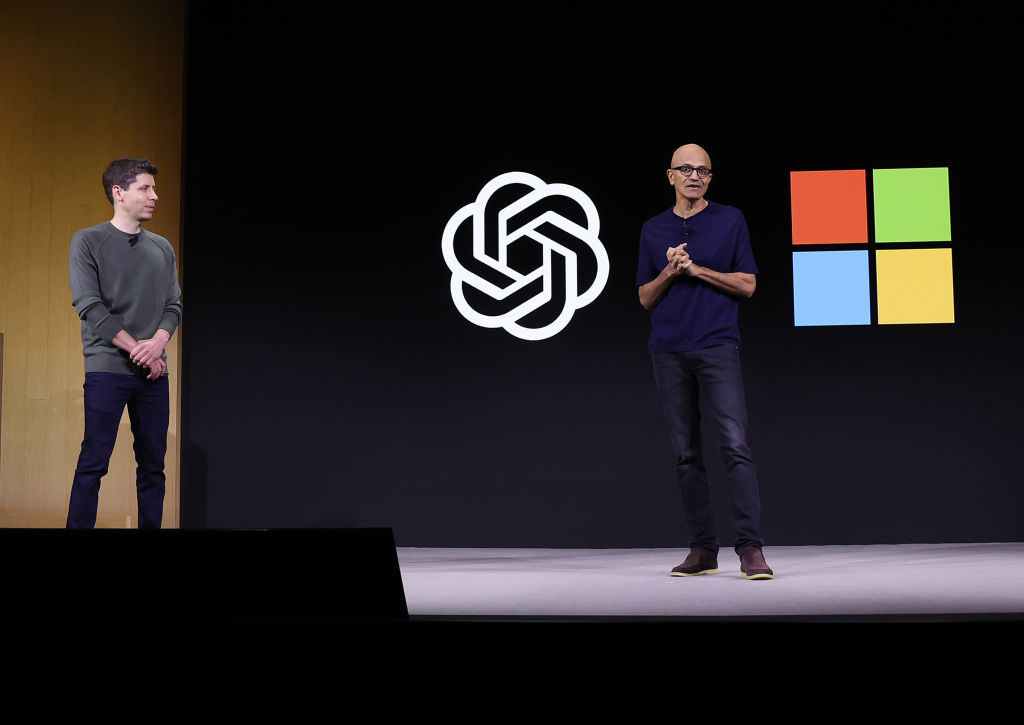Microsoft’s exploration of a partnership with Anthropic to enhance its Office 365 Copilot functionalities marks a significant pivot in the landscape of artificial intelligence applications. This potential shift from OpenAI’s technology, which has been the cornerstone of Office 365’s AI capabilities, raises critical questions about the comparative strengths and weaknesses of these two notable AI providers.
OpenAI’s GPT models have been praised for their rich language capabilities and broad applicability across various tasks. However, as reported, Microsoft is attracted to Anthropic’s Claude models, specifically Claude 4 Sonnet, due to their promising performance in specific applications such as presentation generation. In a practical test, an older version of Claude was found to produce a visually superior PowerPoint presentation than its OpenAI counterpart. This outcome underscores a fundamental challenge for Microsoft: while OpenAI’s models are robust and well-integrated into its current offerings, the evolving needs of users may be driving the search for alternatives that promise more refined outputs in certain contexts.
The costs associated with employing either AI platform also merit consideration. OpenAI has become synonymous with premium pricing in the AI arena, reflecting its extensive capabilities and brand equity. Conversely, Anthropic—as a newer entrant—could offer competitive pricing models that enhance its value proposition for specific applications. Microsoft’s long-standing partnership with OpenAI, characterized by substantial investments, demonstrates a commitment to a continued relationship, even as it seeks to diversify its AI capabilities through Anthropic. Such dual partnerships can appear strategically sound, allowing Microsoft to hedge against potential risks associated with over-reliance on a single provider.
Scalability is another essential dimension for SMB leaders and automation specialists. OpenAI’s ecosystem has been designed with scalability in mind, empowering organizations to integrate sophisticated AI functionalities without the heavy lifting often required in bespoke development scenarios. On the other hand, Anthropic, being historically less established, presents an opportunity for agility—its models may evolve rapidly to meet market demands. The question of scalability leads to the practical consideration of readiness for integration: can Anthropic’s technology seamlessly fit into Microsoft’s existing framework without significant disruptive costs or timelines?
The ROI from AI investments also requires nuanced differentiation. OpenAI has established a strong track record with measurable outcomes showcased by organizations that have successfully leveraged its capabilities across functions. However, if Anthropic’s models can demonstrate superior performance in specific tasks, the investment proposition may shift favorably. For SMB leaders, the decision may hinge on the specific use case: are they looking for general natural language processing support, or do they require bespoke outputs like aesthetically coherent presentations, where Anthropic has reportedly excelled?
While exploring these tool comparisons—OpenAI vs. Anthropic—it becomes apparent that both platforms possess distinct advantages and disadvantages. OpenAI’s models offer a comprehensive suite with a familiar interface, making it easier for teams to adopt and integrate. However, Anthropic’s more nimble approach, coupled with potential performance advantages in certain tasks, could drive innovations sooner than traditional models might allow.
Future trends indicate that Microsoft may not only continue to collaborate with OpenAI but leverage its partnership with Anthropic to create a diversified, multi-pronged strategy in AI technology deployment. This adaptability may provide Microsoft with an edge against competitors like Google, which has fortified its AI investments while historically lacking in robust partnerships akin to that with OpenAI.
In summary, the decision to leverage Anthropic alongside OpenAI reflects a strategic pivot that embraces the opportunities for enhanced tool performance driven by competition in the AI landscape. For SMB leaders and automation specialists, this transition calls for careful evaluation of their specific AI use cases, the scalability of chosen solutions, and the anticipated ROI. Diversifying AI partnerships similar to Microsoft’s approach could enable organizations to optimize their operational efficiencies while staying at the cutting edge of technological innovation.
FlowMind AI Insight: As AI technologies continue to evolve, organizations must strategically assess their partnership approaches to ensure agility in tool adoption and responsiveness to market demands. Embracing diversity in AI solutions can create not only efficiencies but also compelling advantages in operational performance.
Original article: Read here
2025-09-10 02:05:00

